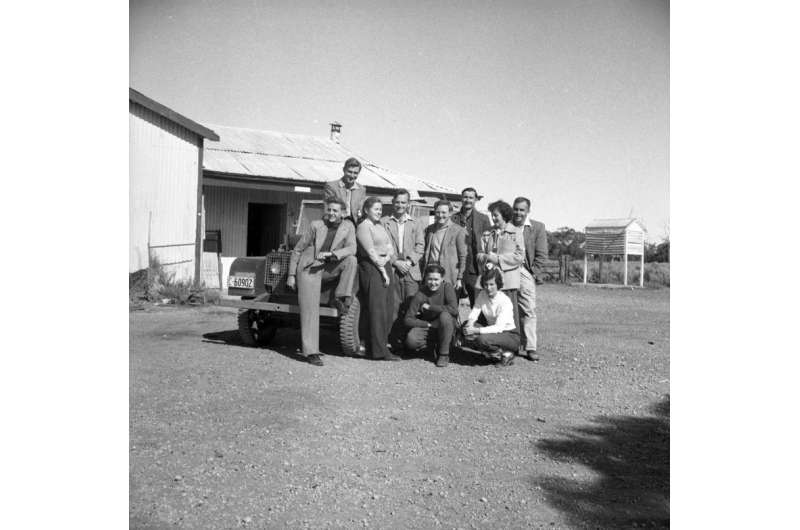90 years of monitoring change in arid zone

A 400 hectare piece of land in South Australia's outback, 400 kilometres north-east of Adelaide, is providing important data to help researchers and land and environmental managers understand arid zone ecology and the impacts of grazing by sheep and pests.
The Koonamore Vegetation Reserve, located in the centre of Koonamore Station, is one of the world's oldest continuously monitored scientific sites.
Since it was established by Professor TGB Osborn in 1926, the Koonamore Vegetation Reserve has provided generations of scientists, students and volunteers the opportunity to help preserve and study the unique ecology.
"Such a long period of data recording is unique in the Australian arid zone, and one of very few such sites in the world," says Dr Russell Sinclair, Visiting Research Fellow in the School of Biological Sciences, who has been directing ecological monitoring at Koonamore for 43 years, now in collaboration with Associate Professor José M. Facelli.
"The reserve has shown the remarkable recovery of overgrazed vegetation after removal of sheep, but more especially after the removal of rabbits. Clearly rabbits prevent regeneration of trees and shrubs by eating the small seedlings and make a large difference to the natural vegetation. However, it seems that recovery is only steady after extraordinary rainfall events.

"Germination events are infrequent in low and erratic rainfall, so long-term records are essential to study the way this vegetation works. We have enormous amounts of data from over the years, but there are many important research questions still to be answered."
Fencing the reserve has meant records contain a long history of vegetation without grazing over many years. Change over time is monitored by recording vegetation changes (species, canopy size and density) within permanent quadrats and with photos taken at 68 photopoints, usually every year.
"There have been several changes in the photographic technology over the years: from glass-slide negatives in the 1920s to large format celluloid negatives, 35mm negatives, colour slides, colour prints and now digital," says Dr Sinclair. More than 8000 photos and detailed quadrat data are available via the Terrestrial Ecosystem Research Network (TERN) for any researchers to use."
While most of the research to date has focussed on plant recovery, more recent research is monitoring animal life and the impact that controlling grazing pressure has had.
"An increasing number of research studies are able to use these records to reveal how this fragile, arid ecosystem functions and changes over time," says Associate Professor Facelli. "As we face new global challenges, this information will become even more important – only by understanding long-term changes can we begin to respond to them. Because of the importance of the study, every effort is being presently made to ensure continuity of the project for generations of researchers to come."
Provided by University of Adelaide


















